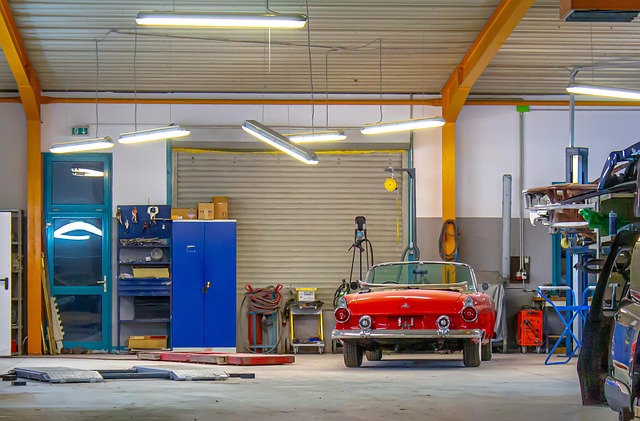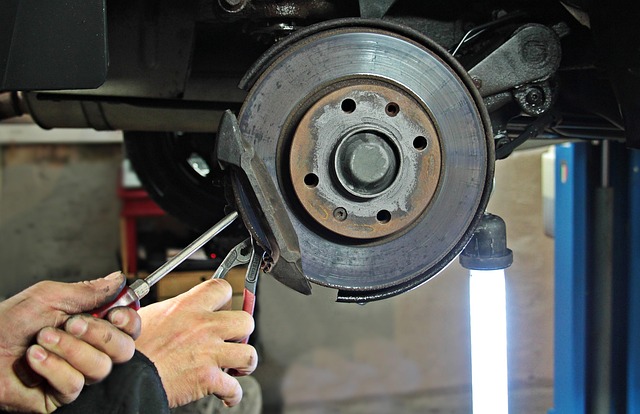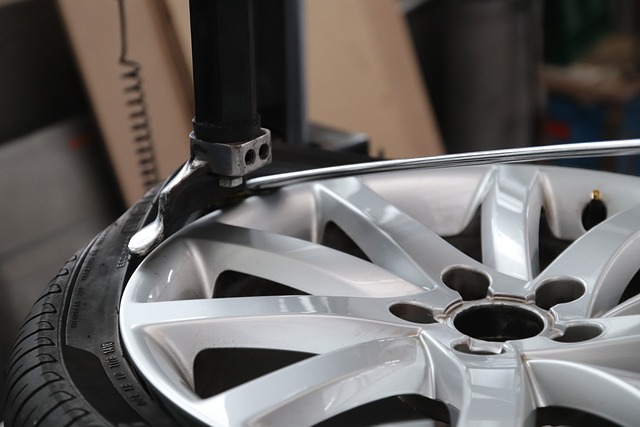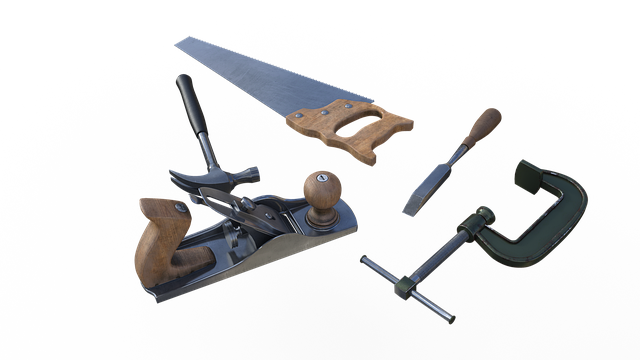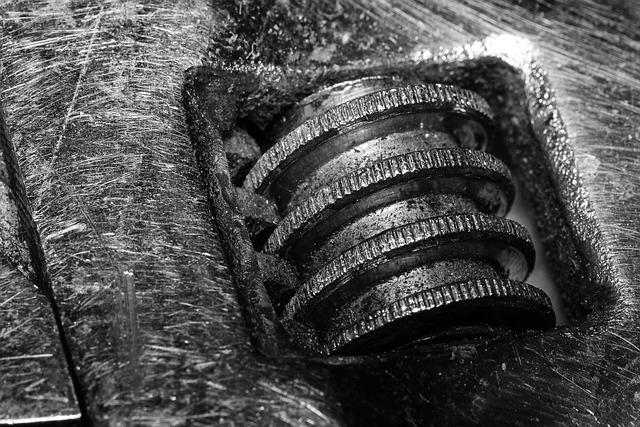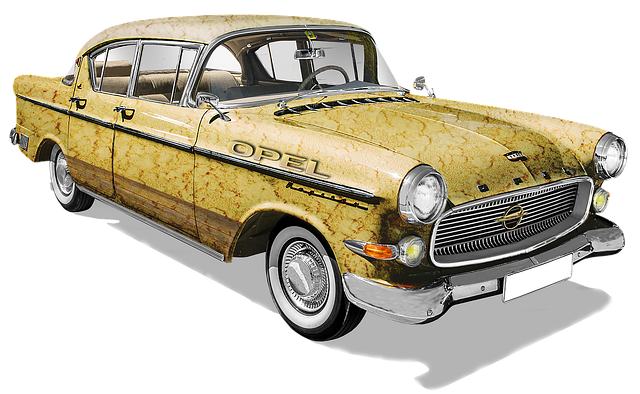Precision frame alignment is a critical process in automotive repair, image processing, and various industrial sectors, ensuring structural integrity, safety, and aesthetic appeal through meticulous adjustments of vehicle parts and components. It plays a vital role in collision repair, auto body painting, aerospace manufacturing, and medical device assembly by accurately aligning frames and minimizing errors, ultimately benefiting technicians, shops, and industries' quality standards.
Mastering Precision Frame Alignment: A Technician’s Guide
Precision frame alignment is a critical process in image processing and computer vision, underpinning applications ranging from autonomous vehicles to medical imaging. This intricate procedure ensures images are correctly registered, enabling accurate analysis and interpretation. From automotive quality control to surgical navigation, the ability to align frames with pinpoint accuracy is vital. This comprehensive guide walks technicians through every step of achieving precise frame alignment using proven methods and advanced techniques.
- Understanding Precision Frame Alignment: The Foundation
- – Definition and significance in image processing and computer vision.
- – Common applications across industries (e.g., automotive, aerospace, medical).
Understanding Precision Frame Alignment: The Foundation

Precision frame alignment is a critical process in automotive repair, especially within a vehicle body shop, that ensures vehicles, particularly after fender repair or auto body painting, are restored to their original structural integrity and aesthetic appeal. It involves meticulous adjustments to the vehicle’s frame, panels, and components to achieve precise measurements and angles. This meticulous technique is essential for maintaining the overall stability, safety, and appearance of the vehicle.
The foundation of successful precision frame alignment lies in understanding the intricate relationships between various parts of a car’s structure. Technicians must possess a deep knowledge of how each component interacts and influences the overall alignment. By utilizing advanced tools and equipment designed for this purpose, they can accurately assess and correct any misalignments, ensuring that the vehicle body is restored to its pre-accident condition or even beyond, as if it were never involved in an incident. This meticulous process not only facilitates seamless fender repair but also guarantees a flawless auto body painting finish.
– Definition and significance in image processing and computer vision.
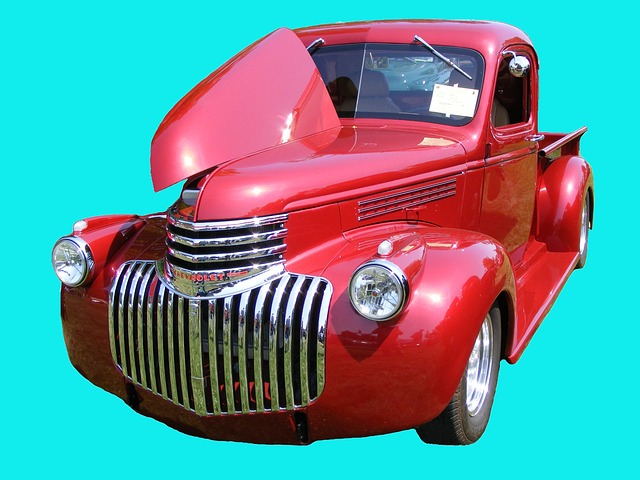
Precision frame alignment is a critical process in image processing and computer vision, enabling technicians to accurately adjust and align frames or images for optimal analysis and interpretation. This technique is particularly significant in industries such as automotive repair, where accurate frame alignment is essential for tasks like vehicle collision repair and auto frame repair. By meticulously aligning the frames, technicians can ensure that subsequent processing steps, such as object detection, segmentation, and measurement, yield precise and reliable results.
In the context of car paint repair, precision frame alignment plays a pivotal role in identifying and isolating damaged areas accurately. Proper alignment minimizes errors, ensuring that repairs are made with meticulous care and attention to detail. This not only enhances the quality of the final repair but also streamlines the process, making it more efficient and cost-effective for both technicians and auto body shops.
– Common applications across industries (e.g., automotive, aerospace, medical).
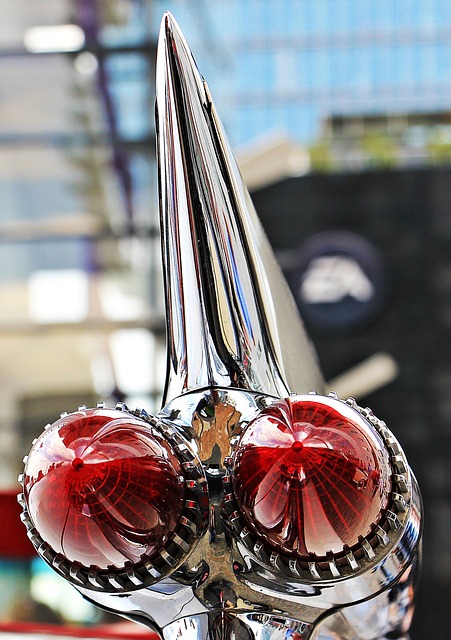
Precision frame alignment is a critical process used across various industries where accurate structural integrity is paramount. From automotive body shops and collision repair centers to aerospace manufacturing facilities and medical device assembly lines, professionals rely on precise frame alignment techniques to ensure safety, functionality, and quality. In an auto painting or automotive body shop, for instance, aligning the frame correctly before any repair or refurbishment work ensures that components like doors, fenders, and hoods fit seamlessly, maintaining the vehicle’s structural integrity and aesthetic appeal. Similarly, in aerospace, precision frame alignment is crucial during assembly to guarantee that aircraft structures meet stringent safety standards. Medical device manufacturers also employ these techniques to align intricate parts, ensuring the accuracy and reliability of life-saving equipment.
Precision frame alignment is a critical process that ensures optimal performance in various industries, from automotive assembly lines to medical imaging systems. By meticulously calibrating camera positions and understanding geometric principles, technicians create accurate 3D models and enable advanced computer vision applications. This step-by-step approach not only enhances image quality but also opens doors to innovative solutions, making it an indispensable skill for modern technology.
